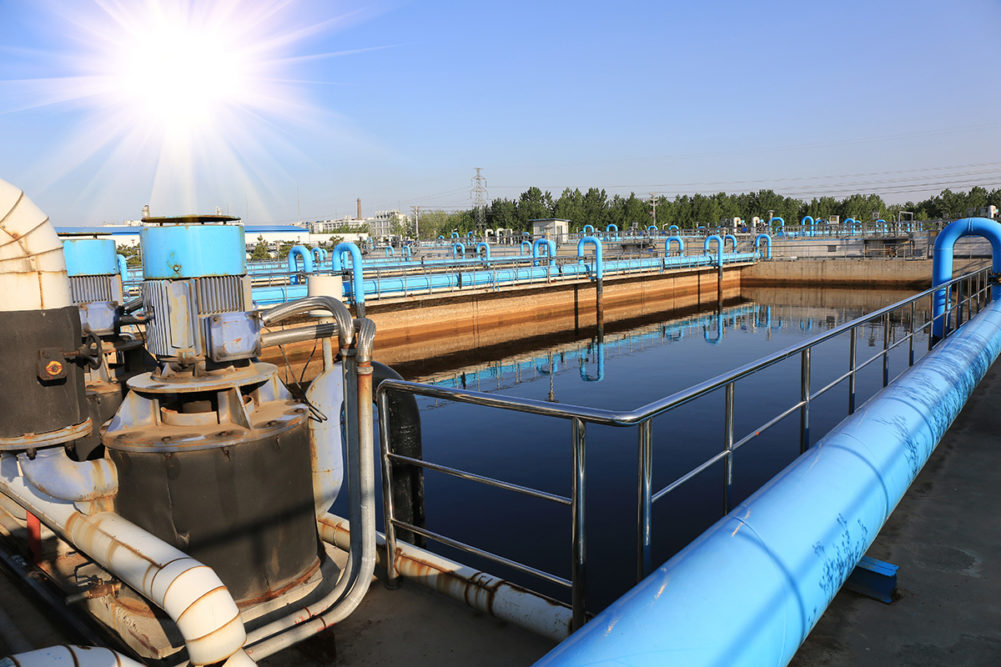WASHINGTON — The US Environmental Protection Agency (EPA) introduced a proposed rule on Dec. 15 to revise wastewater discharge standards for meat and poultry processing plants.
The agency said it would leverage pollution control technologies to cut the amount of nitrogen, phosphorus and other pollutants in wastewater.
EPA said other materials from facilities it will monitor include oil, grease, organic material, salts and ammonia.
In its first preferred option, the EPA explained that it would establish more stringent effluent limitations for nitrogen and, for the first time, on phosphorus.
The agency said the new rule would apply to about 850 of the 5,000 meat facilities in the nation.
With two other options, the EPA would apply effluent limitation on additional direct and indirect dischargers. They would also establish pretreatment standards for nitrogen and phosphorus for some indirect discharging facilities included in the preferred option.
“In addition to the three options, EPA is requesting comment on a provision that would require segregation and management of high-salt waste streams that are produced at some facilities, as well as the addition of E. coli bacteria as a regulated parameter for direct dischargers,” the agency said in its summary.
Based on early estimates, the EPA said the proposed rule would reduce wastewater pollutants at facilities by about 100 million lbs per year.
On Jan. 24, 2024, an online-only hearing will be held on the proposal to hear testimony, or participants can register to “listen-only” to the hearing.
Then, on Jan. 31, an in-person hearing will take place at the EPA headquarters, with a time and location announced in the near future.
The agency stated that it would accept public comments on the proposed regulation for 60 days once it’s on the Federal Register.
Industry responses to the proposed rule are expected to come out shortly.
A spokesperson for The American Association of Meat Processors (AAMP) told MEAT+POULTRY that the trade association would have a statement within a day after it reads through the proposals by the EPA.
AAMP previously published a response by Chris Young, its executive director, on the matter earlier in December.
